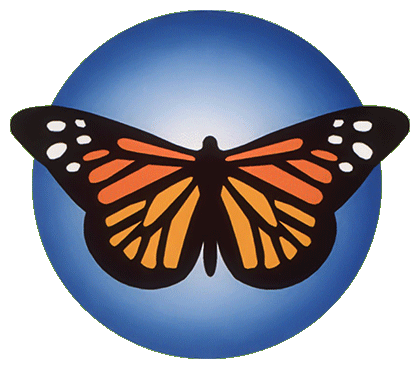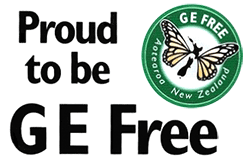The Trans-Tasman authority for food safety is about to approve a new level of toxicity in food thanks to a GE crop that survives 2,4 D and other herbicides with the potential for unique combined effects as a result of the chemical cocktail.
Food Standards Australia New Zealand (FSANZ) Authority is in its final deliberations on the release of a soy bean tolerant to 2, 4-D & glufosinate. The submission process has become a farce and appears to cover up rubber-stamping by FSANZ which has approved all the applications for GE foods, despite poor processes for scientific evaluation of safety. FSANZ has recommended that the GE soybean is released into the food chain un-labelled and with no diagnostic tests for health practitioners though independent advice of scientists is for further testing and diagnostics on GE foods before such approvals, but it has not been done.
The latest herbicide cocktail soy line is Dow Chemical's reply to the Monsanto RoundUp Ready (Glyphosate) GE crops. Because weeds have now developed a high resistance to Monsanto�s RoundUp new entrants to market are pushing forward as replacements.
The soybeans have been engineered with two novel bacterial soil genes to withstand two sprays, Glufosinate (Busta) and 2,4 �D. Both sprays have never been assessed for human safety as they were developed to control lawn weeds and broad leafed plants, however they are highly toxic to aquatic organisms. 2, 4-D has been linked to a form of motor neuron disease, endocrine disruption and dioxin release.
�What is so horrific is there is no known safe residue level for ingestion of these chemicals and their breakdown products as they were not developed with the idea they would ever be used in food production or in combination,� says Claire Bleakly, president of GE Free NZ (in food and environment).
The two novel proteins engineered to withstand the sprays (AAD-12 and PAT) have never been eaten before and are found at very high levels in the soy bean (16.42 ug/g of AAD-12 and 2.5ug/g of PAT) with unknown potential to trigger allergies.
"The FSANZ safety assessment on this application relied on one small two-dose mouse study that was observed for 8 days. Whilst they admit that the proteins have never been released into the food chain they have not required any long term studies on the effects of these new proteins," she says.
�This untested and unsafe level of new proteins that will be added to our food chain has potentially serious dangers to health, especially when we already have a cocktail of other GE proteins and chemicals in the diet that could cause interactions,� says Claire Bleakley.
The promise of a green low-pesticide food production system has only bred a dependence on pesticides that are now poisoning our food supply.
GE Free NZ members demand that FSANZ meets its legislated responsibilities to ensure food is safe for their children and families. It has not done that.
The time has come to be put FSANZ on notice that instead of kowtowing to vested interests in industry they must listen to the concerns and put people's health first. The approval of this latest GE food is a betrayal in further undermining the foundations of a safe food supply which was sold on a lie saying it would reduce people's intake of toxic chemicals, not to increase it with GE pesticide cocktails.
References -
Application A1046 - Food derived from herbicide-tolerant soybean line DAS-68416-42nd Assessment Report - 6 July 2011
Supporting Document 1 - Safety assessment report
http://www.foodstandards.gov.au/_srcfiles/A1046%20GM%20Soybean%20DAS-68416-4%202AR%20SD1%20Safety%20Assess.pdf
Glufosinate Fact sheet
http://www.pesticideinfo.org/Detail_Chemical.jsp?Rec_Id=PC38870
2,4-D Fact sheet
http://www.pan-uk.org/pestnews/Actives/24d.htm
A 1046 GE Free NZ submission to FSANZ www.gefree.org.nz
ENDS:
Claire Bleakley 027 348 6731 / 06 3089842
Jon Carapiet 0210507681 |


